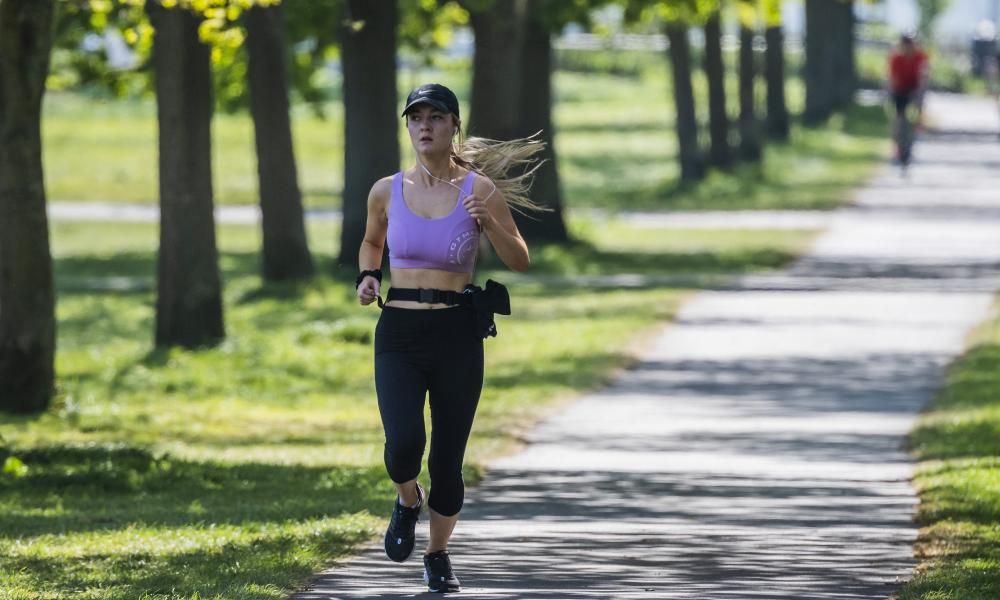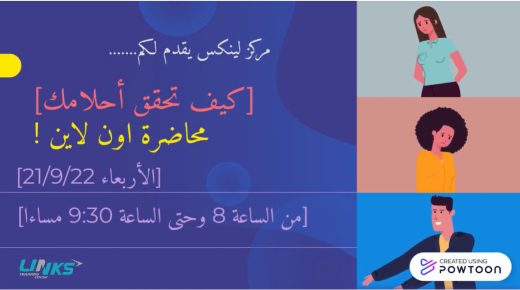
With gyms and leisure centres closed, many people have turned to running. You can literally just step out of your door and begin your government-approved exercise but, if you want to make the most of it and improve your health and fitness, a few small things can go a long way.
A good pair of running shoes is essential to help keep your feet in healthy shape.
Most will need regular road shoes, with proper cushioning for pavement and Tarmac, unless you’re running trails.
Everyone’s feet are different so specialist shops offer gait analysis for free. With that not an option, the wet foot test, where you look at the print your foot makes on a step might help – you can find details of how to do it at home on Runnersneed.com.
The majority of people have what is called overpronation, where the foot rolls inwards during the stride, but some people under pronate where the opposite is true, while others have neutral pronation. Stability or motion control shoes can help those who overpronate, while neutral shoes are normally recommended for everyone else.
Shoes need enough room in the front so you can freely wiggle your toes, and to be well fitting along the whole of your foot. Different brands have different fits, too, with some being wider in the toe or shallower in depth, while each manufacturer will have a range of models differing in weight, cushioning and support.
A close, low angle view of a male athlete running along a tarmac roadView photos
The right shoes, such as these from Asics, can help protect you from the impact of running on hard surfaces. Photograph: Jordan Weeks/Alamy
More
All the big brands sell running shoes, but there are also many specialist makes. I wear Brooks but Asics is a good place to start with some excellent value shoes such as the Gel Contend series (RRP £55). Shopping around for last year’s models can also save you large sums.
Buy for comfort and fit rather than looks, and be aware sizes are not usually the same between brands. Replace your road shoes every 500 to 800km as the shock absorbing foam wears out.
Socks
Running socks are worth buying if you’re running regularly. Most include padding on impact- or rub-points, are moisture-wicking and fit far better than your average sports socks. Some people like synthetic materials, others wool. There are single-layer socks, but I swear by Hilly’s TwinSkin (RRP £14) dual-layer socks which cured my blister problem from first wear.
Apps, planners and gear
Just stepping out the door and running is a great start, but joining a scheme or tracking your progress is more likely to keep you at it.
Couch to 5K
Couch to 5K is a nine-week plan that progresses from brisk walking to a total of 30 minutes running by week nine. There are lots of versions to choose from, but the free NHS- and BBC-supported One You Couch to 5K app for Android or the iPhone is one of the better options.
Smartphone tracking
Tracking your running using GPS helps you analyse your performance over time, showing things such as pace, distance, the routes you take and elevation. The best way to start is using a smartphone and an app such as Strava. Many people run with their phone strapped to their bicep in an armband, which start at about £10.
If you want to monitor your heart rate too, some straps for the chest or arm from firms such as Garmin, Polar or Wahoo can connect via Bluetooth to your phone. These cost about £60-£100.
Strava
Strava is both a tracking app and social network for activity, logging GPS routes, times and other data. With more than 50 million users worldwide it is extremely popular with both runners and cyclists, but can also record walking, hiking, swimming and a few other activities.
You can sync your data to Strava from practically anything, but its free apps for Android, iOS and smartwatches cover most of the basics.
The free service includes personal record keeping, gear tracking (so you know when to replace your shoes) and route planning. There are paid-for analysis options if you want to get really serious, but the best bit is the free community. Share your activity with friends, get encouragement through comments and thumbs-up in the form of “kudos”, which together with personal records for distances, segments and routes, really helps to keep you going.
المصدر : https://wp.me/p70vFa-Bl3




















